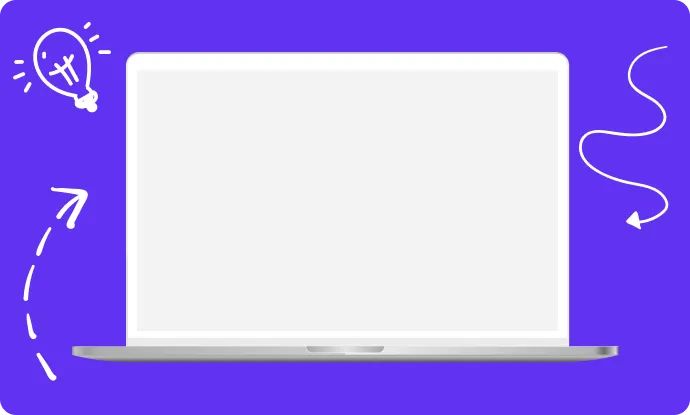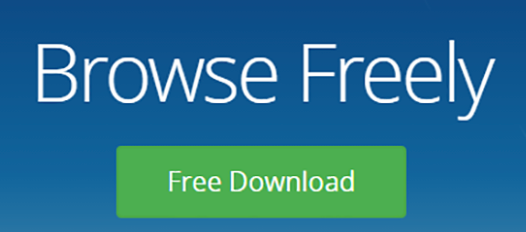Cta
Discover what CTA (Call To Action) means in online marketing ➢ Get reliable insights from Localo's marketing dictionary to enhance your strategy ➢ Read now!
Discover what CTA (Call To Action) means in online marketing ➢ Get reliable insights from Localo's marketing dictionary to enhance your strategy ➢ Read now!

What is CTA
Call To Action (CTA) - is a written instruction in the form of action words shown as e.g. a button on digital marketing campaign web pages. CTA is a prompt on a website that helps to entice or mobilize website visitors and potential customers to take a desired action, crucial for the overall success of a campaign. A call to action can take many forms, targeting the specific needs of the target market. Examples include submitting a form, downloading an application, registering an account, booking an appointment, or clicking on links. Marketers often use CTAs with command phrases or action verbs to create a clear call, e.g., “Read more!”
As a crucial marketing term, call to action buttons are versatile tools used across various digital platforms. We deploy them anywhere we want to reach the target audience and boost sales, especially in marketing materials, landing pages, marketing campaigns, Facebook ads, a blog post, and email campaigns. For an ecommerce site, CTAs are particularly vital in guiding customers through the purchasing journey.
In email marketing, CTAs play a significant role in driving engagement and conversions. They can be used to encourage subscribers to visit a website, make a purchase, or download content. It’s not uncommon to see multiple CTAs within a single email, each serving a different purpose or targeting various segments of the audience.
On websites, CTAs can be strategically placed throughout the user journey. For instance, a homepage might feature a primary CTA for new visitors, while product pages could have more specific actions related to purchasing or learning more about the item. Blog posts often include CTAs that invite readers to subscribe, share content, or explore related articles.
In social media advertising , such as Facebook ads, CTAs are crucial in prompting users to take immediate action. Call to action examples may be: “Shop Now,” “Learn More,” or “Sign Up.” The effectiveness of these campaigns often hinges on the clarity and appeal of the CTA.
Remember, while it’s tempting to use multiple CTAs, it’s essential to prioritize and avoid overwhelming your audience. Each CTA should be clear, compelling, and aligned with the specific goals of your marketing effort.

Creating compelling and effective calls to action is crucial for driving conversions on your website or in your marketing materials. Here are key strategies to create powerful CTAs:
By implementing these strategies, you can create CTAs that not only catch the eye but also effectively guide your audience towards the desired action, ultimately improving your conversion rates and marketing success.
❤️ Spread the word! ❤️
Found this guide valuable? Share it with your colleagues to help them boost their local marketing results too!
Powered by Localo 2025